The Earth's mantle has long been a realm of mystery, a thick layer of rock that begins just beneath the thin crust we walk upon. For decades, scientists have dreamed of piercing through the crust to reach the Mohorovičić discontinuity, or Moho, the boundary that separates the crust from the mantle. Now, with the Mantle Drilling Project, that dream is inching closer to reality. The project represents one of the most ambitious geological endeavors in history—a mission to retrieve samples from the Earth's mantle for the first time.
The Moho is named after Croatian seismologist Andrija Mohorovičić, who discovered the boundary in 1909 by analyzing seismic wave velocities. It marks a dramatic shift in composition, where the crust's lighter rocks give way to the denser, iron- and magnesium-rich peridotite of the mantle. Despite its significance, the Moho has never been directly sampled. The deepest hole ever drilled, the Kola Superdeep Borehole in Russia, reached only about 12 kilometers—just a third of the way through the continental crust in some regions.
The challenges of drilling to the mantle are immense. Temperatures at the Moho can exceed 500 degrees Celsius, and pressures can crush conventional drilling equipment. Moreover, the oceanic crust, though thinner than its continental counterpart, presents its own difficulties, including extreme depths and the logistical nightmare of operating in the open ocean. Yet, the rewards of such an endeavor could revolutionize our understanding of Earth's formation, plate tectonics, and even the origins of life.
Recent advances in drilling technology have made the impossible seem suddenly within reach. Engineers have developed new alloys and cooling systems capable of withstanding the mantle's brutal conditions. The Mantle Drilling Project plans to use a purpose-built drillship equipped with a riser system—a technology borrowed from deep-sea oil drilling—to stabilize the borehole and manage the intense pressures. The drill bit itself will be a marvel of engineering, reinforced with synthetic diamonds to grind through the toughest rocks.
One of the key target sites for the project is the Atlantis Massif, a dome-like undersea mountain in the Mid-Atlantic Ridge. Here, the crust is unusually thin, and sections of mantle rock have been pushed closer to the surface. By drilling here, scientists hope to reach the Moho at a depth of around 4,500 meters below the seafloor, significantly shallower than other potential locations. If successful, the retrieved samples could provide unprecedented insights into mantle composition and the processes that drive plate tectonics.
The implications of this project extend far beyond geology. Understanding the mantle could shed light on the Earth's magnetic field, which is generated by the movement of molten iron in the outer core. It could also help predict volcanic eruptions and earthquakes with greater accuracy. Some researchers even speculate that mantle rocks could harbor clues about the early chemical reactions that led to life on our planet.
Critics, however, question whether the enormous costs—estimated in the hundreds of millions of dollars—are justified. Environmental concerns have also been raised, particularly about disturbing fragile deep-sea ecosystems. Proponents counter that the knowledge gained could be transformative, comparing the project to the moon landing in terms of its potential to redefine our place in the natural world.
As the Mantle Drilling Project moves from concept to reality, it embodies humanity's relentless curiosity. The drill bit that finally touches the Moho will do more than penetrate rock—it will breach a frontier that has stood unchallenged for 4.5 billion years. Whether it succeeds or fails, the attempt alone is a testament to our species' unyielding desire to explore the unknown.

By /Jul 2, 2025
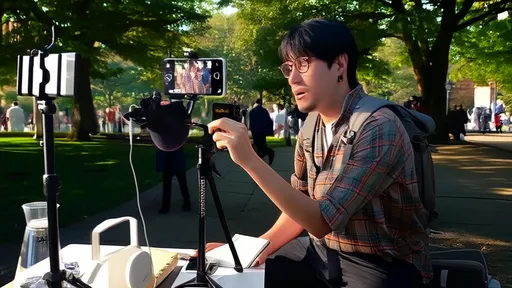
By /Jul 2, 2025

By /Jul 2, 2025
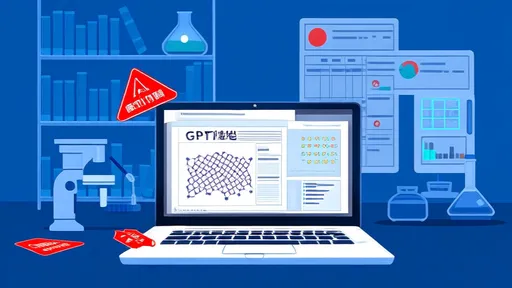
By /Jul 2, 2025
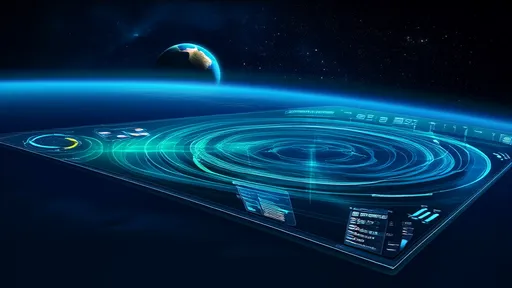
By /Jul 2, 2025

By /Jul 2, 2025

By /Jul 2, 2025
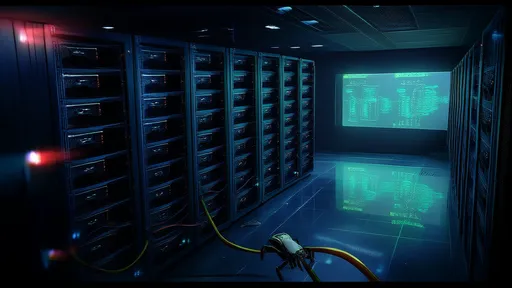
By /Jul 2, 2025
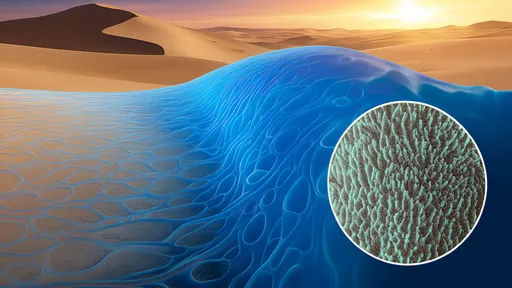
By /Jul 2, 2025
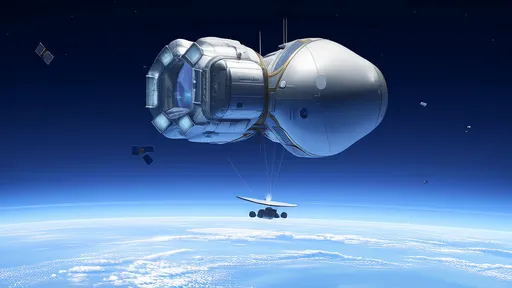
By /Jul 2, 2025
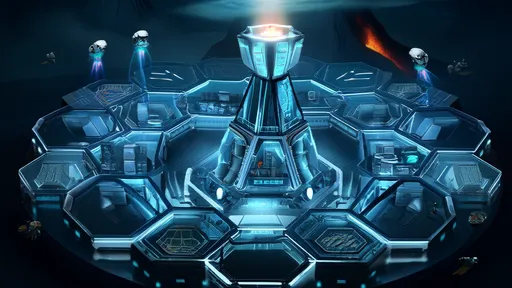
By /Jul 2, 2025
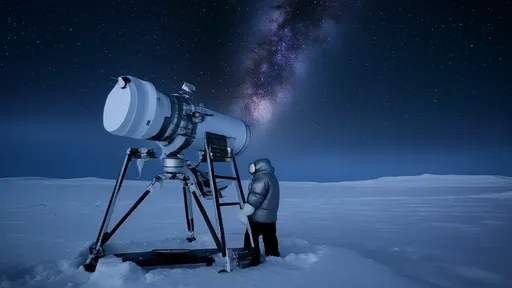
By /Jul 2, 2025
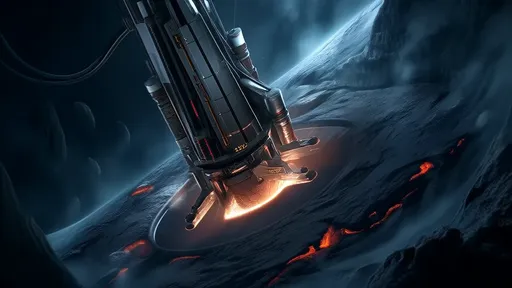
By /Jul 2, 2025

By /Jul 2, 2025

By /Jul 2, 2025

By /Jul 2, 2025

By /Jul 2, 2025

By /Jul 2, 2025

By /Jul 2, 2025

By /Jul 2, 2025